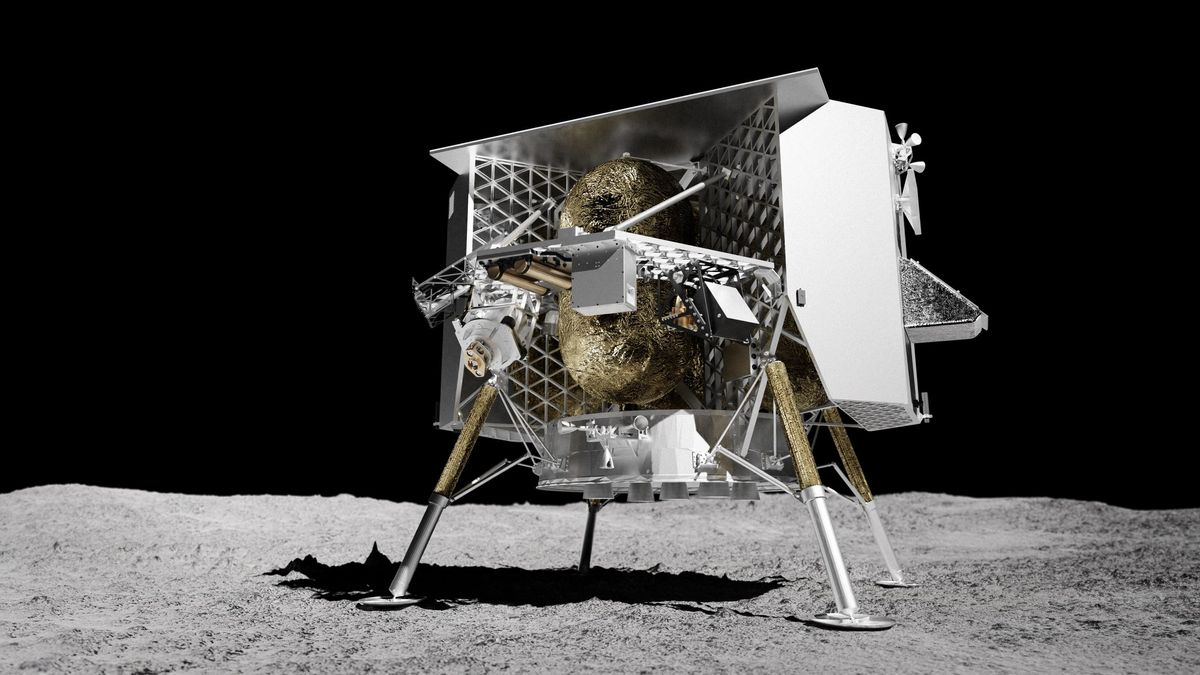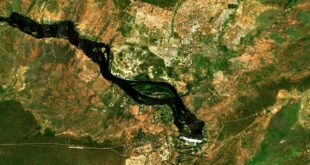
London, 7 December 2023.- The Peregrine Lunar Lander is set to land on the Moon on Christmas eve. It intends to touch down on a region of ancient lunar lava flows, Sinus Viscositatis, the Bay of Stickiness. This will be the first mission to launch under NASA’s Commercial Lunar Payload Services (CLPS) initiative. It will lift off on the first flight of the United Launch Alliance’s Vulcan Centaur rocket.
The Peregrine lander will be carrying five NASA-sponsored payloads. The Peregrine ion trap mass spectrometer, PITMS, will investigate the lunar exosphere using mass spectrometry. The neutron spectrometer system (NSS), to measure the amount of neutrons near the lunar surface to figure out how much hydrogen is present in the environment and levels of soil hydration. Other NASA payloads include the lunar retroreflector array (LRA), near-infrared volatiles spectrometer system (NIRVSS), and the linear energy transfer spectrometer (LETS).
Alongside NASA payloads on Peregrine there is the German Aerospace’s Centre’s M-42 radiator detector, as well as Japan’s Lunar Dream capsule, a time capsule with messages from over 80,000 children.
“We’re going to be bringing seven nations to the surface of the moon, six of which have not touched down software on the surface of the moon, including the UK, Mexico, Germany, Hungary, Japan, and Seychelles,” John Thornton, the CEO of Astrobiotic said. “We actually made our first commercial payload sale for lunar delivery, and I believe it might have been one of the first in the world, back in 2014. And, since then, we’ve been collecting payload customers and building up the manifest for this mission.”
Lift-off is currently scheduled for around 1:50 am ET on December 24. If it is successful the spacecraft will reach lunar orbit about 12 days later.
 SpaceWatch.Global An independent perspective on space
SpaceWatch.Global An independent perspective on space




